This is going to be a list of tools and equipment which I personally use when developing some DIY electronics. This list can be used as a reference list what you might need as a starting point. Also, you might find some parts as a great gift ideas for a DIY electronics tinkerer.
Table of contents
Soldering tools
If you want to start with DIY electronics, a set of some soldering tools is a must. Below you will find the types of tools mostly used by me.
Soldering iron

So, the most obvious tool is a soldering iron. As the name suggests, it allows you to solder some parts together or into a PCB. Although there many different soldering iron manufacturers and models, my preferred one is Miniware TS100. It a tiny soldering iron, powered from 12-24V DC power supply (DC 5525 jack). I personally use an old laptop charger, but you could use anything with 12-24 V output and a 5.5×2.5mm barrel power plug.
This device has an OLED screen which shows current tip temperature and with two buttons you can set up desired temperature. The tip heats up quickly (less than 1 minute), so you won’t have to wait for half an hour till it heats up. After some time of inactivity it drops down the temperature and after some more time – it turns off, which is great feature for those who leaves their equipment without turning it off.
Also, TS100 has micro USB connection. Connect it to a PC and you will able to set up some parameters like default heat up and idle temperature, idle and power-off times etc.
Now there is an updated version called TS80. The main difference is that it uses USB-C for power/configuration. So, it can use general purpose phone chargers with 9V/2A output instead of bulky 12-24V power adaptors.
Aliexpress Affiliate Link: TS100 Soldering iron kit
Aliexpress Affiliate Link: TS80 Soldering iron kit
Additional soldering tips for your soldering iron

It is a good thing to have several soldering tips for different scenarios. I personally have three tips: one standard with conical-rounded tip, one conical super pointy and one with flat surface.
The standard tip is included with the soldering iron. The super pointy tip can be used for small parts soldering where it is hard to operate with the bigger one. Finally, the tip with flat surface can be used to cover bigger copper surfaces with solder.
Aliexpress affiliate: TS100 soldering tips
Aliexpress affiliate: TS80 soldering tips
The third hand

One of useful tools to have while soldering something is a third hand. It can be used to hold two or or more parts together, so it is easy for you to solder it together.
Aliexpress affiliate: Soldering Third Hand
Soldering mat
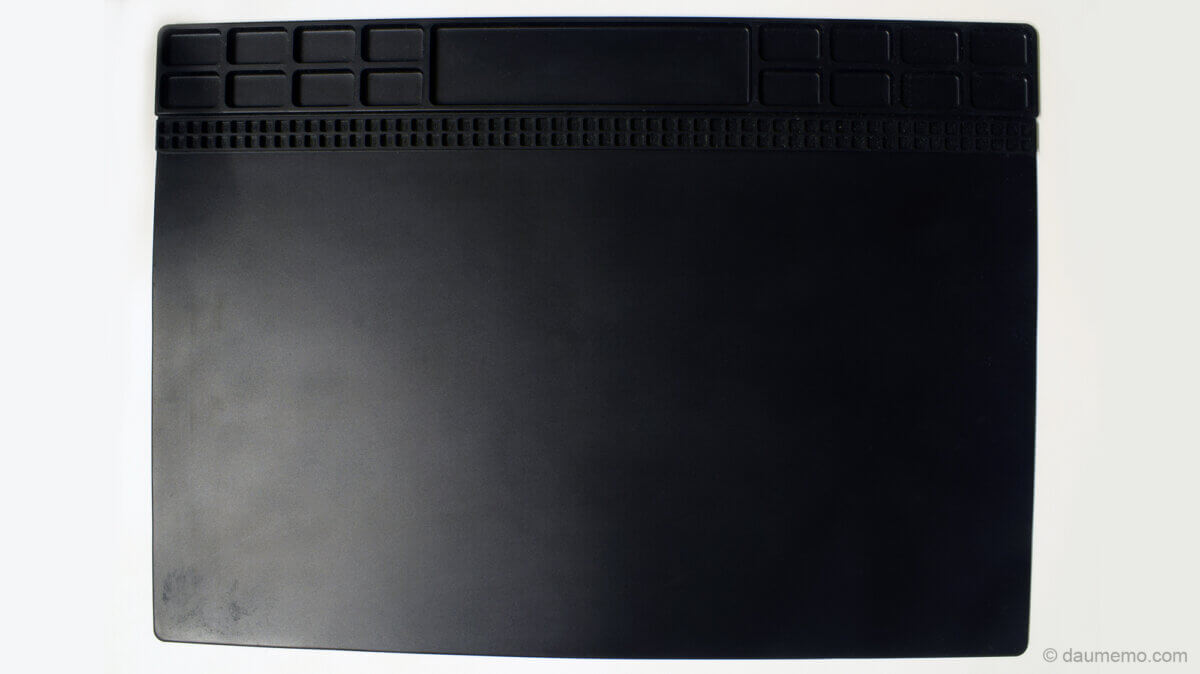
Another tools which might make your life a bit easier is a soldering mat. Is is made from silicone, so it is heat resistant, which lowers chances to get your desk tabletop burnt. Also it has small compartments where you can put to be soldered-in parts.
Aliexpress Affiliate: Silicone soldering mat
Soldering iron stand
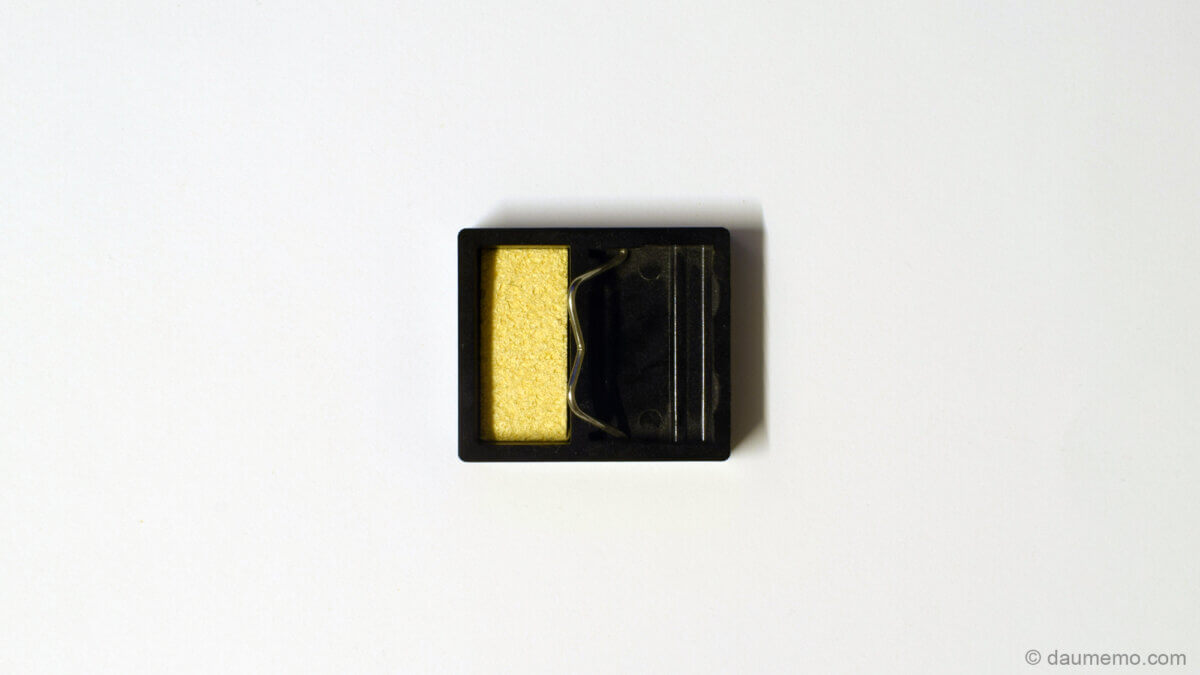
Of course, if you have a soldering iron, you will have to put it somewhere safe when it is not used but still hot. For this purpose, as soldering iron stand is used. The picture above shows the simplest solution, but there are also heavier and bigger stand which is used to hold heavier soldering irons.
Aliexpress affiliate: Soldering iron stand
Hot air soldering gun

This tool is kind of on the more optional side of things. It is mainly used to solder and desolder tiny SMD components. The photo shows an example of a portable solution. It has everything put inside the device’s handle – heating elements, fan, control electronics. Such device takes a lot less space than a “station” type device, where it has additional desktop box where all circuits and heater are put.

The hot air gun has several controls. It has an ON/OFF button to power the device. It also has temperature and fan speed control buttons , so it is easy to set it to the needed working mode. Furthermore, it has several differently sized end tips for different soldering scenarios.
Aliexpress Affiliate: Hot air soldering gun
Soldering materials
Without the soldering tools, you will also need to have some materials used during the soldering.
Solder

You won’t be able to solder anything together without solder.
Aliexpress affiliate link: solder
Soldering flux
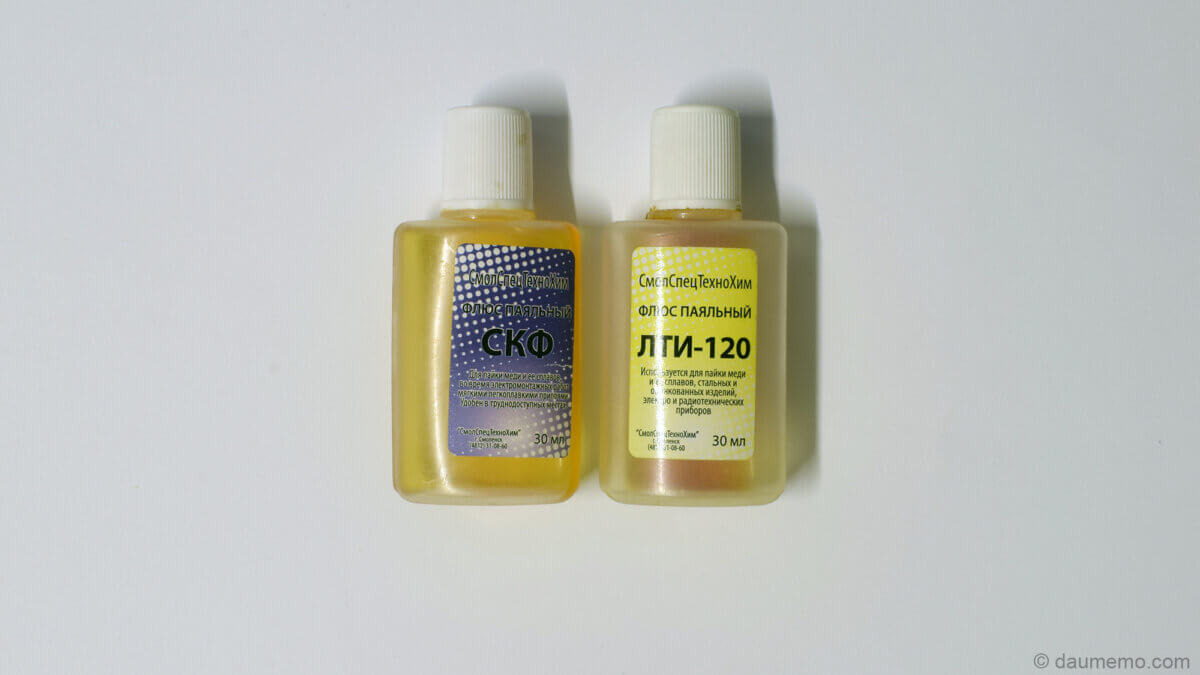
I use flux which is found at my local shop, so I can’t recommend anything from online shops, because I simply haven’t tried of those producs.
Part kits

Although you can buy parts when you really need them, I personally, have some resistor and capacitor kits laying around. So, usually, I don’t need to buy resistors and capacitors, jus parts like ICs.
Aliexpress affiliate: SMD resistors kit
Aliexpress affiliate: TH resistors kit
Aliexpress affiliate: SMD capacitors kit
Aliexpress affiliate: TH capacitors kit
Development tools
Here are the list of tools which will help you during electronics development phase. You might get away without using them, but some, in my opinion, are essential.
Prototyping board

If you don’t want or like soldering things, you might want to have a prototyping board with some interconnecting wires such as one above. It makes prototyping faster than soldering, but these boards are only suitable for through-hole components. If you have SMD parts they will require some kind of adaptor and probably a soldering iron.
Aliexpress affiliate link: prototyping breadboard
Aliexpress affiliate: jumper cables
Lab power supply
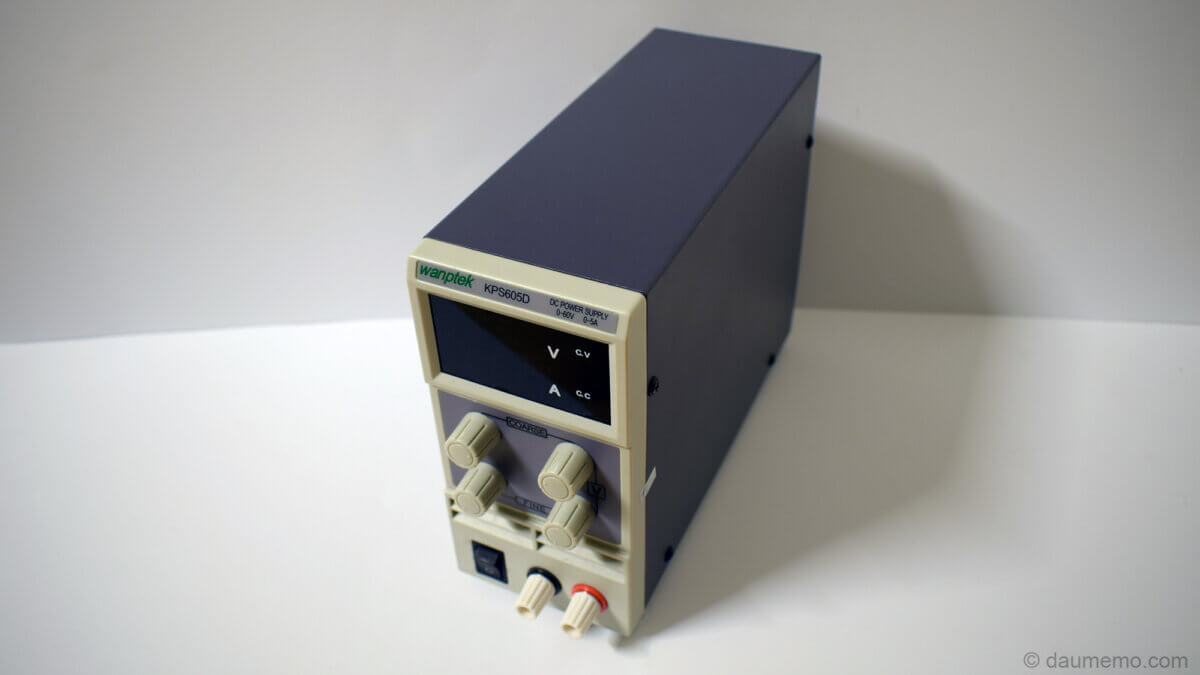
When you done soldering you electronics device, you will probably want to test it out. To do that, you will need somehow to power the device. A good option is to use a bench power supply. They come with voltage and current control, so you can set it up to you needs. More over, as it has possibility to change parameters, it is universal tool to power up your projects which might require different voltages.
Aliexpress affiliate: 60V 5A Lab Power Supply
Multimeter

Of course, one of the simplest measurement tools is a multimeter. It allows you to measure AC/DC voltage, current, resistance. Some devices measure signal frequency, capacitance, temperature and so on. Even a simplest of available multimeters is a must have when you are dealing with electronics.
Aliexpress affiliate: AN8009 Multimeter
Additional multimeter measuring probes

Totally optional, but might be useful to have additional probus which are like super pointy (like shown in the picture). They are handy if you are measuring voltages on SMD components where the space is at premium and thicker probes might just short something out on the PCB.
Aliexpress affliate: additional multimeter probes
Oscilloscope

Yet another tool which is very convenient in the electronics world. And it is an oscilloscope. I know, many of them might seem a bit expensive tool and you might get away without having one. Although it is true, you can always have a cheap oscilloscope shown in picture above. Although they are nowhere near the precision the more expensive devices are, but they get the job done, if the signals you are looking at are <100kHz.
I have also modified the oscilloscope to have a Li-Ion battery. More about in the post here.
Aliexpress affiliate: DSO150 oscilloscope
Oscilloscope probes

If you have decided to buy an oscilloscope and it is one of the cheap ones, they might come without decent measuring probes. So, instead using alligator clips to connect oscilloscope to a device, you could use more comfortable solution.
Aliexpress affiliate: oscilloscope probe
USB to serial adapter
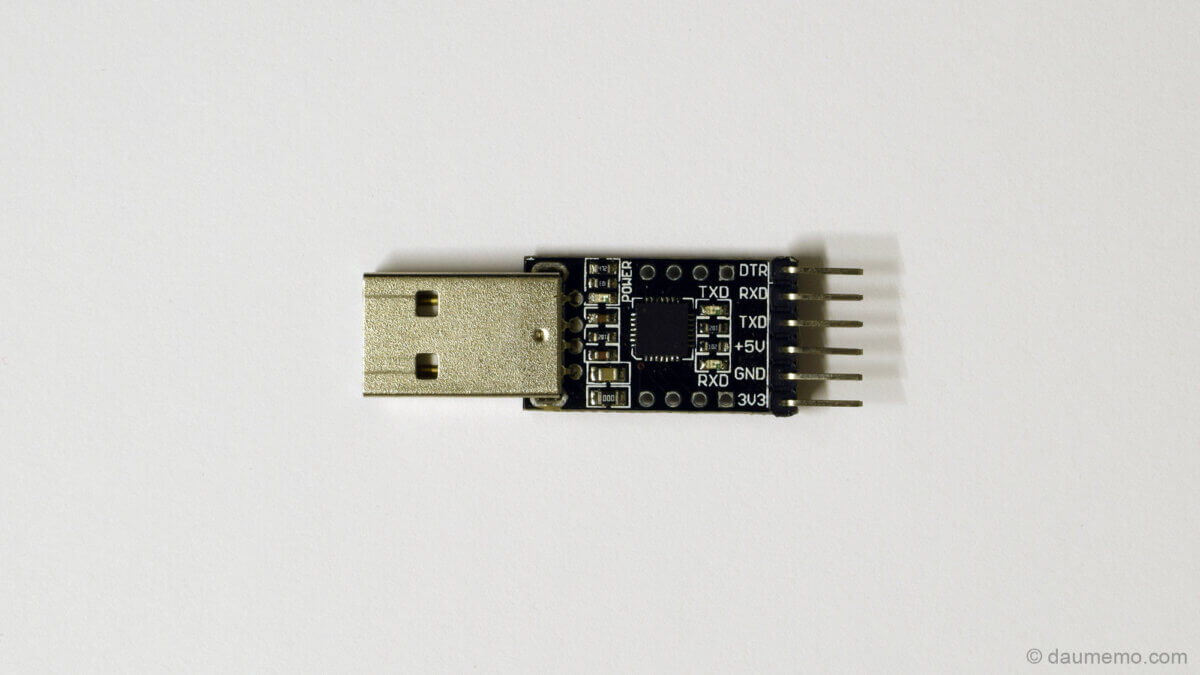
If you testing out some single board computers, or have a sensor with UART connection, you will like to have a small adaptor for a such case. The are great little helpers when o have to read some data to you PC.
Aliexpress affiliate: USB-Serial adapter
USB logic analyzer

If you are working with digital signal interfaces like I2C, SPI etc., you might want to look what data is sent through the lines, or you want to debug why something is not working, a logic analyzer comes to the rescue. These devices have several inputs so you can see in what state (0 or 1) the data lines were in time period.
Aliexpress affiliate: Logic Analyzer
USB power meter

This little device plugs into a PC. You also plug in an external device to USB meter’s secondary USB port. When the external device is powered, this meter shows you some measurements like USB voltage and power, current and energy consumed by the external device. It is great device, when you need to measure how much power your electronics project consumes (if it can be powered by the USB).
Aliexpress affiliate: USB Power Meter
Summary
So, this is my list of preferred tools and equipment to use when working with DIY electronics. Hope it will help you decide which tools are need for your project to become reality.



